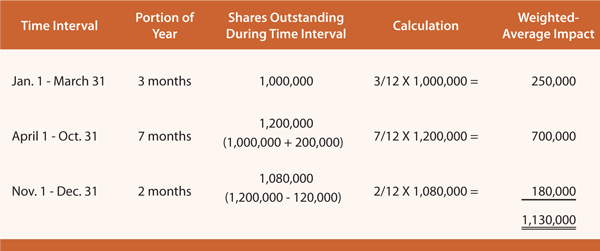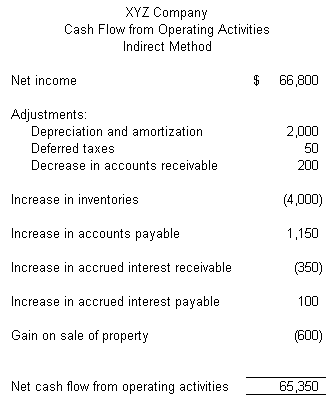Cost Basis Accounting and Calculation Price
Post on: 11 Июнь, 2015 No Comment

*Some firms, including T. Rowe Price Brokerage, treat certain equity shares in a dividend reinvestment plan (DRIP) as covered beginning on or after January 1, 2012, while others may treat those shares as covered beginning on January 1, 2011.
Accounts for which a tax Form 1099-B is not generated, such as IRAs and other retirement plans, generally are not affected
Beginning in tax year 2012, the IRS requires mutual fund companies and brokers to report on Form 1099-B the cost basis of sales of covered mutual fund shares purchased on or after January 1, 2012. You still will be required to calculate and report the gains and losses realized on sales of noncovered shares acquired prior to January 1, 2012. Money market funds and tax-deferred accounts, such as IRAs, 529 accounts, and other retirement plans, generally are not impacted by these changes.
If you’d like to use Average Cost for covered mutual fund shares, you don’t need to do anything. Your mutual fund account will default to Average Cost for covered mutual fund shares unless you select another method. Average Cost is one of the more popular cost basis methods for mutual funds and requires the least amount of recordkeeping by you or your tax advisor.
Covered and Noncovered Share Redemptions
If you sell or exchange shares after January 1, 2012, we generally will dispose of all noncovered shares first and then the covered shares, in each case in accordance with the cost basis method on your account to the extent possible. For example, if your account method is Average Cost or First In First Out, T. Rowe Price will dispose of all noncovered shares before disposing of covered shares; in each case, noncovered shares will be disposed in a First In First Out order. If you choose to specify individual lots at the time of redemption, we will deplete the shares in accordance with your specification to the extent possible.
Choosing a Cost Basis Method Best Suited to Your Needs

While Average Cost is the default method we use for covered shares of mutual funds, you may choose other methods when selling covered mutual fund shares.
To choose your cost basis method, log in to your account and use this online application. If you would like to keep Average Cost as your method, you don’t need to do anything, although you may confirm your choice of Average Cost online or by mail or fax. If you do not want to use Average Cost, you may select another method online or by mail or fax at any time. In some cases, you also may select a method other than Average Cost over the phone.
If you change your cost basis method from Average Cost to another method after a sale or exchange of covered shares, the new cost basis method will apply only to shares purchased after the date that the change request is processed.
We offer the following IRS-approved cost basis methods for mutual funds:














